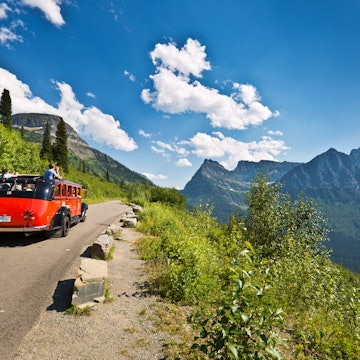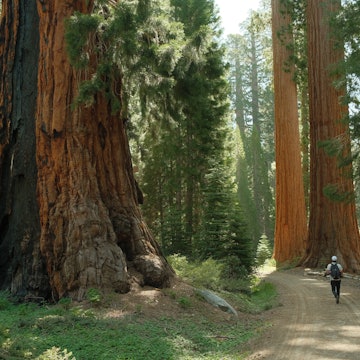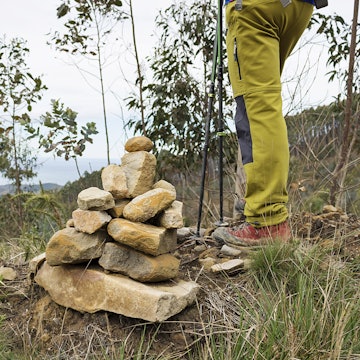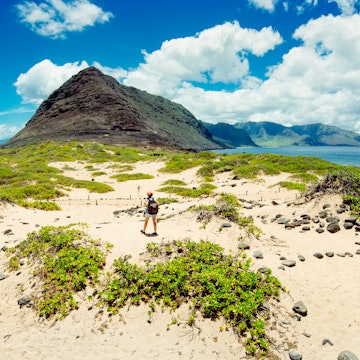
The ultimate guide to Hawaii's national parks, memorials and historic sites

Feb 16, 2023 • 6 min read

Experience the best of Hawaii's many national park sites with this guide © Westend61 / Getty Images
For its geographic size, the state of Hawaii is well-stocked with national park sites: eight, with one more in the works.
You can see where America suffered one of its worst military disasters and learn about the war that followed, you can see how the islands were born (in real time!) and you can dive deep into the rich culture and heritage of the Native Hawaiian people.
At many of the parks, you can also see the islands' nature up close, go on hikes and enrich your knowledge with ranger-led talks and walks. Pick a park and have an unforgettable experience, whether it's being thrilled by the sunrise over the moonscape of a volcanic caldera, following the footsteps of ancient royalty or scrambling down the face of a 2000ft seacliff.
1. Hawai‘i Volcanoes National Park, Big Island
Best park to see volcanoes in action
In a nation where national park boundaries are usually firmly fixed, Hawai‘i Volcanoes National Park on the Big Island of Hawai‘i may well be the fastest-growing national park in the USA. Here at this vast park, which covers an area from sea level to 13,680ft, you can see the awesome elemental forces in action which formed the Hawaiian Islands.
Frequent eruptions send lava into the Pacific Ocean, creating new land as the glowing liquid rock cools. Temporary paths get you surprisingly close to the action. Elsewhere in the park, trails traverse the summit caldera of Kīlauea, a 4000ft-tall active volcano, and visit ancient Hawaiian sites such as the 23,000+ petroglyphs that date from 1200-1450 CE.
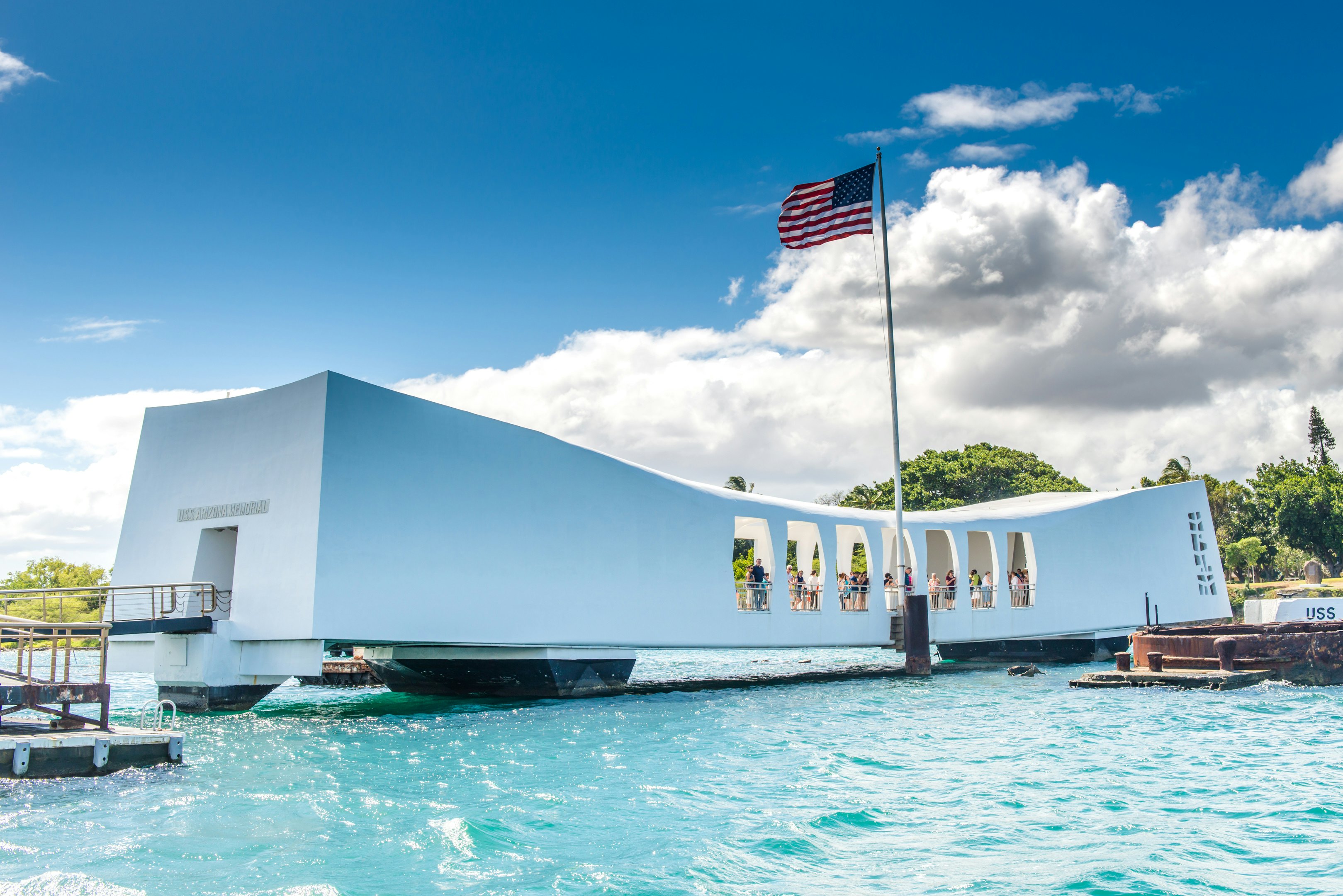
2. Pearl Harbor National Memorial, Oʻahu
Best park to remember a pivotal moment in history
The most visited site in the state of Hawaii, Pearl Harbor National Memorial in Oʻahu recalls the events of a date, December 7, 1941, that is as elemental to the American experience as July 4, 1776 and September 11, 2001.
The centerpiece is the peacefully restrained memorial to the USS Arizona which is built over the remains of the American battleship that blew up during the surprise attack by the Japanese. The park includes an excellent museum showcasing the events leading up to the attack, what happened that day, how it caused America's immediate entry into WWII and how the war in the Pacific played out. Near the memorial is the enormous American battleship, the USS Missouri, where Japan's surrender was made official on September 2, 1945.
3. Puʻukoholā Heiau National Historic Site, Big Island
Best park for walking with the spirits of Hawaiian royalty
A fine example of the monumental structures built with enormous lava rocks by Native Hawaiian people, Puʻukoholā Heiau National Historic Site on the Big Island of Hawai‘i has a backstory worthy of an HBO miniseries. In the late 18th century, the legendary King Kamehameha was battling rivals for dominance of the islands. He had the help of two British sailors and Western inventions such as gunpowder. Invasions, victories, losses and betrayals went on for years until a plan for peace was crafted and made official at this vast structure overlooking the ocean. All the drama and history come alive through displays on the trails that meander across the site.
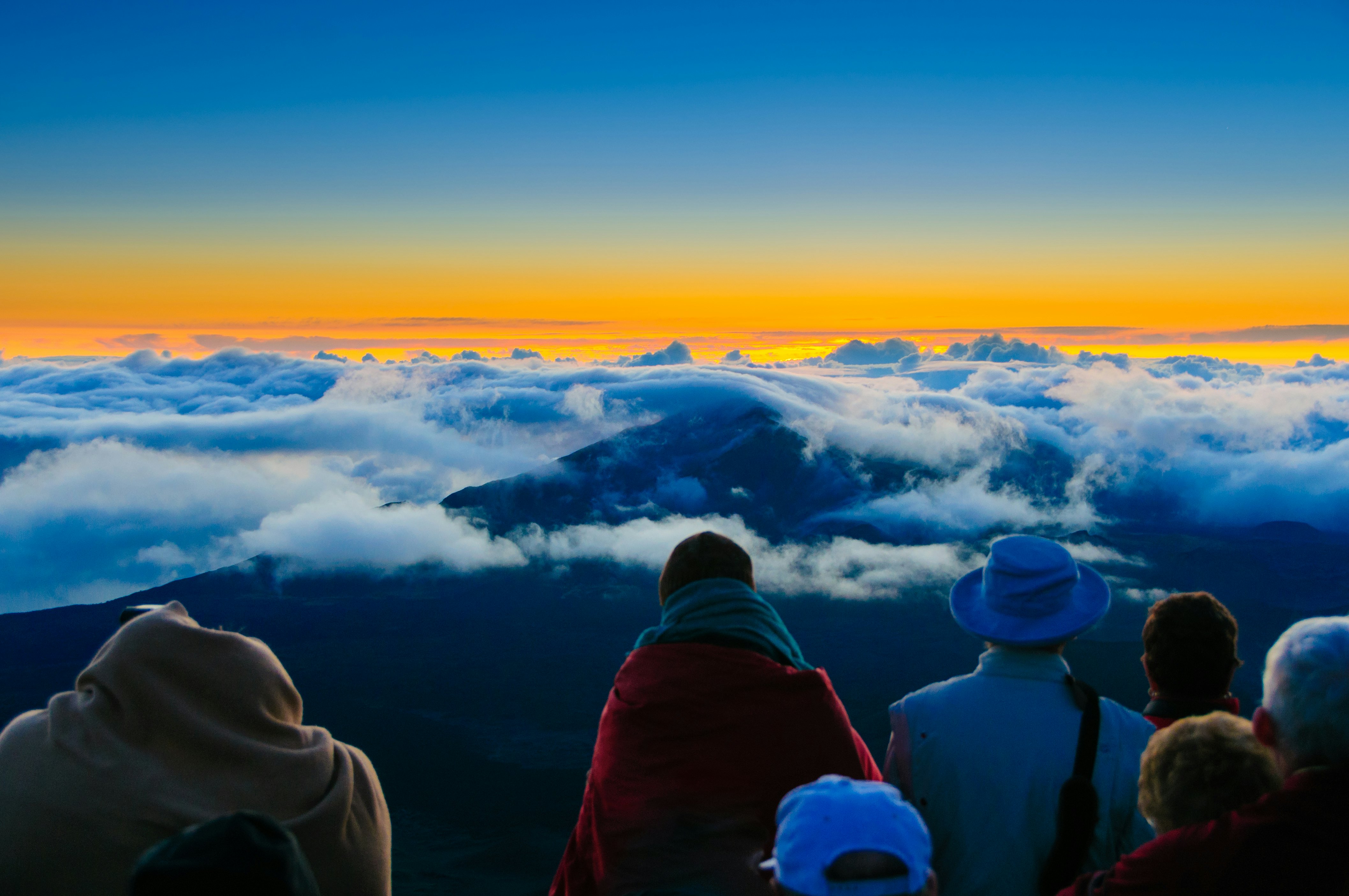
4. Haleakalā National Park, Maui
Best park for unspoiled wonder from summit to sea
Hugely popular with visitors to Maui, Haleakalā National Park is known for its namesake dormant volcano that dominates the island. Many reserve a spot to view the sunrise from the chilly heights of the 9700ft-plus caldera, an experience few forget. Trails across the park connect sites sacred to the people of Hawai‘i with geologic wonders. Just gazing at the summit crater, with its many volcanic cones, is as close as most will ever get to a trip to the moon. Beat the crowds by visiting the remote Kīpahulu District, a luxuriant coastal tropical land riven by waterfalls. It's 12 miles beyond the village of Hana and its legendary namesake road.
5. Ala Kahakai National Historic Trail, Big Island
Best park for exploring Hawai‘i's culture and nature on foot
Over 175 miles of seaside walks form the Ala Kahakai National Historic Trail in the Big Island of Hawai‘i. The network connects sites sacred to Native Hawaiian culture. Some have spiritual significance, while others mark historic lands of royal families. Park service signs and visitor centers give background to this craggy landscape, where old lava flows run right into the ocean. Here and there are beaches that offer ideal places to pause. Look for tidepools amidst the volcanic rocks and watch bright red indigenous shrimp cavort. Other key sights on the trail include the unmissable Puʻuhonua o Hōnaunau National Historical Park.

6. Kalaupapa National Historical Park, Molokai
Best park to bear witness to one of Hawai‘i's longest and darkest chapters
On the least-touristed large island in the state of Hawaii – Molokai – and on that island's least accessible corner is Kalaupapa National Historical Park, a forbidding place of tragedy and history. Among the diseases and destruction brought to Hawai‘i by European and American explorers and settlers in the 1800s was Hansen's Disease (otherwise known by its somewhat pejorative name, leprosy).
Beginning in 1866, more than 8000 Native Hawaiian people were banished to this small, flat peninsula, which lies at the bottom of the tallest ocean-facing cliffs across the Pacific Ocean. Today, the stark beauty of the site is in contrast to the decades of heart-rending stories around the lives lived here, which continue with a few remaining residents today. Reaching Kalaupapa for a guided tour (the only way to visit) requires either a flight on a small plane from Oʻahu or Molokai's main airport or a 3.5-mile hike each way that includes 26 switchbacks and a nearly 2000ft elevation change.
7. Puʻuhonua o Hōnaunau National Historical Park, Big Island
Best park for learning Hawaiian traditions at a sacred place of refuge
Right on the popular Kona Coast of the Big Island of Hawai‘i, Puʻuhonua o Hōnaunau National Historical Park is one of the most compelling and easily accessed sites dedicated to ancient Hawaiian culture. For centuries it was a place of last resort for defeated warriors, dethroned kings, lawbreakers and those who had violated any of the many kapu, or sacred laws. In a role played by cathedrals in other religions, civilians could seek refuge here during wars. Today the site retains its seaside majesty with features that include a 965ft-long Great Wall and the hale poki, a deeply spiritual royal mausoleum.

8. Kaloko-Honokōhau National Historical Park, Big Island
Best island to contemplate the mysteries of the ancients
Another must-see on the easily reached Kona Coast of the Big Island of Hawai‘i, Kaloko-Honokōhau National Historical Park preserves one of the best examples of the ancient fishponds the Hawaiian people built over centuries to provide food year-round. Found on shallow shores across the islands, the fishponds are remarkable examples of engineering, that still pose unanswered questions to this day. Countless enormous volcanic boulders were used to create long breakwaters along the ocean. Openings allowed fish to swim in and were then closed for easy fishing. Some of these curving structures were over a mile in length and used stones that defy easy explanations of how the ancients moved them.
9. Hono‘uli‘uli National Historic Site, Oʻahu
Prepare for Hawaii's newest park
Although not yet open to the public, follow the progress of the Hono‘uli‘uli National Historic Site on Oʻahu, which one day soon will become the newest National Park Service site. It preserves the location of a WWII concentration camp where over 3200 people of Japanese descent were held – most were American citizens. Hurriedly leveled after the war as part of an official policy of amnesia around these camps, the site will be opened to the public and will take its place alongside mainland camps such as California's Manzanar (also a National Park Service site) where people of Japanese ancestry were held against their will.







